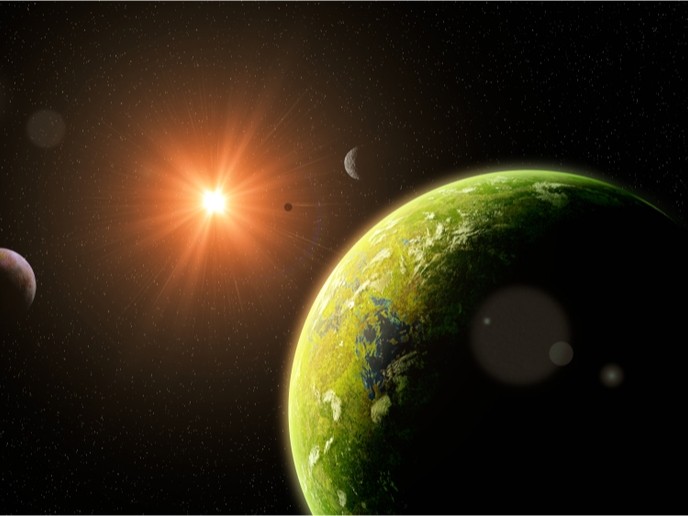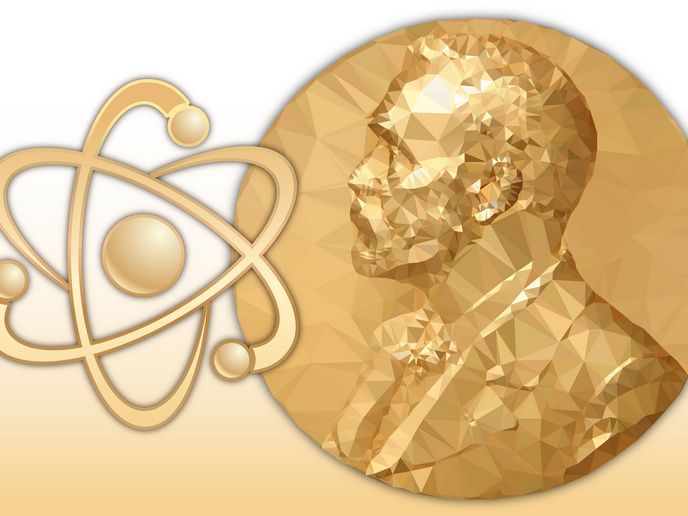Big Data helps solve some exoplanet mysteries
Characterising exoplanet atmospheres represents the next major advance in this new field. This is because the atmospheric chemical composition can provide valuable clues into the formation and evolution processes considered responsible for exoplanets’ diversity in our galaxy. Before the EU-funded ExoLights project, work in exoplanet atmospheric spectroscopy had been undertaken piecemeal with one or perhaps two spectra over a narrow wavelength range being studied at any one time. “This approach is inadequate to provide answers to key exoplanetary science questions,” says coordinator Giovanna Tinetti. “It’s only by performing a comprehensive spectral survey of exoplanets in a wide variety of environments that we’ll answer these fundamental questions.”
Enter the big data era for exoplanet characterisation
The ExoLights team delivered several breakthrough scientific discoveries and an infrastructure of open source numerical codes(opens in new window) to observe and interpret a large population of exoplanet atmospheres. In 2018, team members published the first catalogue of 30 exoplanet atmospheres being studied at any point. “This work has shifted the entire field of exoplanet atmospheres from the investigation of individual planets to the characterisation of populations,” notes Tinetti. “This focus on population analysis and infrastructure to monitor and process big data has been driving the entire exoplanet characterisation field towards these goals.” The scientists have obtained some high-impact results. One is the first analysis of an exoplanet’s atmosphere around a super-Earth. Another is the first water vapour detection in the atmosphere of a super-Earth, specifically in its parent star’s habitable zone.
Understanding exotic exoplanet worlds at a new level
Research findings indicate that a statistically significant number of planets – approximately two orders of magnitude larger than the sample expected to be observed with future general purpose facilities – needs to be observed systematically to fully test models and determine the relevant physical parameters. “This requires observations of a large sample of objects, generally on long timescales that can only be performed with a dedicated space instrument, rather than with multi-purpose telescopes not often optimised for the specific application,” explains Tinetti. The project initially conceived and investigated dedicated space missions and observatories like ARIEL(opens in new window) and Twinkle(opens in new window). “ExoLights has been leading the effort to plan and carry out such missions in Europe,” she adds. “They will benefit the global planetary and exoplanetary community over the next decade.” ExoLights also carried out public engagement as well as several educational activities. The ongoing Original Research By Young Twinkle Students(opens in new window) is an innovative and highly successful educational programme, enabling secondary schools to work on original research linked to the Twinkle space mission under the supervision of PhD students and other young scientists. Launched in 2019, the ARIEL Data Challenge Series(opens in new window) gathered professional and amateur data scientists. They used machine learning to remove noise from exoplanet observations caused by star spots and instrumentation. Over 100 international teams participated in the ARIEL Data Challenge Machine Learning competition in 2019. “ExoLights created an open-source infrastructure to observe, analyse and interpret the atmospheres of exoplanets, thus enabling the study of a very large and diverse sample for the next 10 years,” concludes Tinetti. “The open-source tools developed, the space missions designed and currently being implemented, and the scientific advances published will be the project’s legacy.”







